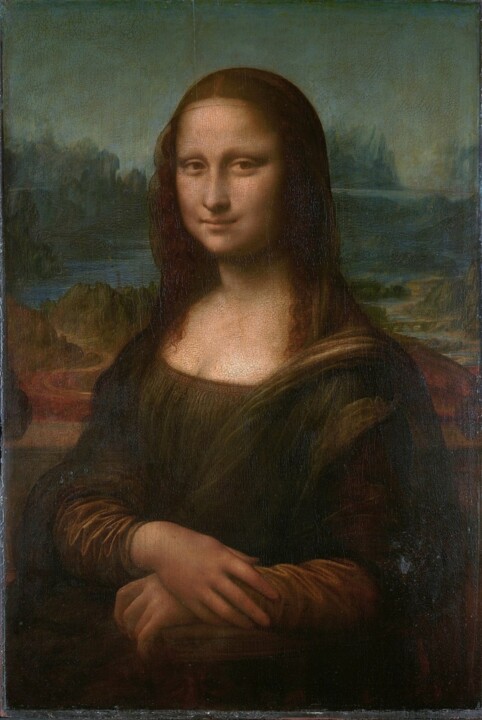 Mona Lisa, Leonardo Da Vinci, c. 1503–1506
Mona Lisa, Leonardo Da Vinci, c. 1503–1506
Scientists have recently employed X-ray analysis to closely examine a small sample of the Mona Lisa, one of the world's most famous and extensively studied paintings. The results of this analysis have unveiled the presence of a rare chemical compound called plumbonacrite in the painting's base layer. This discovery suggests that Leonardo da Vinci, the Italian Renaissance artist, may have been experimenting with various techniques during the creation of this iconic masterpiece.
According to research published in the Journal of the American Chemical Society, the chemical composition of the oil paint used by Leonardo in the Mona Lisa's base layer is distinct from that of his other works, as well as those of his renowned contemporaries. The presence of this rare chemical compound, plumbonacrite, validates a long-held theory among art historians that Leonardo used lead oxide powder to thicken and expedite the drying of the layers of paint in the Mona Lisa.
Victor Gonzalez, the lead author of the study and a chemist at CNRS in France, remarks, "He was someone who loved to experiment, and each of his paintings is completely different technically. In this case, it's interesting to see that indeed there is a specific technique for the ground layer of Mona Lisa." Scientists at CNRS, a prestigious research institution, collaborated with art historians on this captivating project.
The article underscores the remarkable nature of detecting plumbonacrite, given its minuscule traces: the small paint sample was nearly imperceptible to the naked eye and thinner than a strand of hair. Scientists examined its atomic structure using X-rays generated by a synchrotron, a machine that accelerates charged particles through magnets until they approach the speed of light.
While rare, this isn't the first instance of plumbonacrite being detected in the works of Old Masters. Gonzalez and his team have also found this compound in a painting by Rembrandt, indicating that similar paint recipes may have been passed down through the centuries.
Gonzalez concludes by stating, "There are still plenty, plenty more things to discover, for sure. We are barely scratching the surface. What we are saying is just a little more piece of knowledge." This discovery opens the door to exciting new prospects in the field of art history and the analysis of ancient artworks.


 Jean Dubreil
Jean Dubreil







